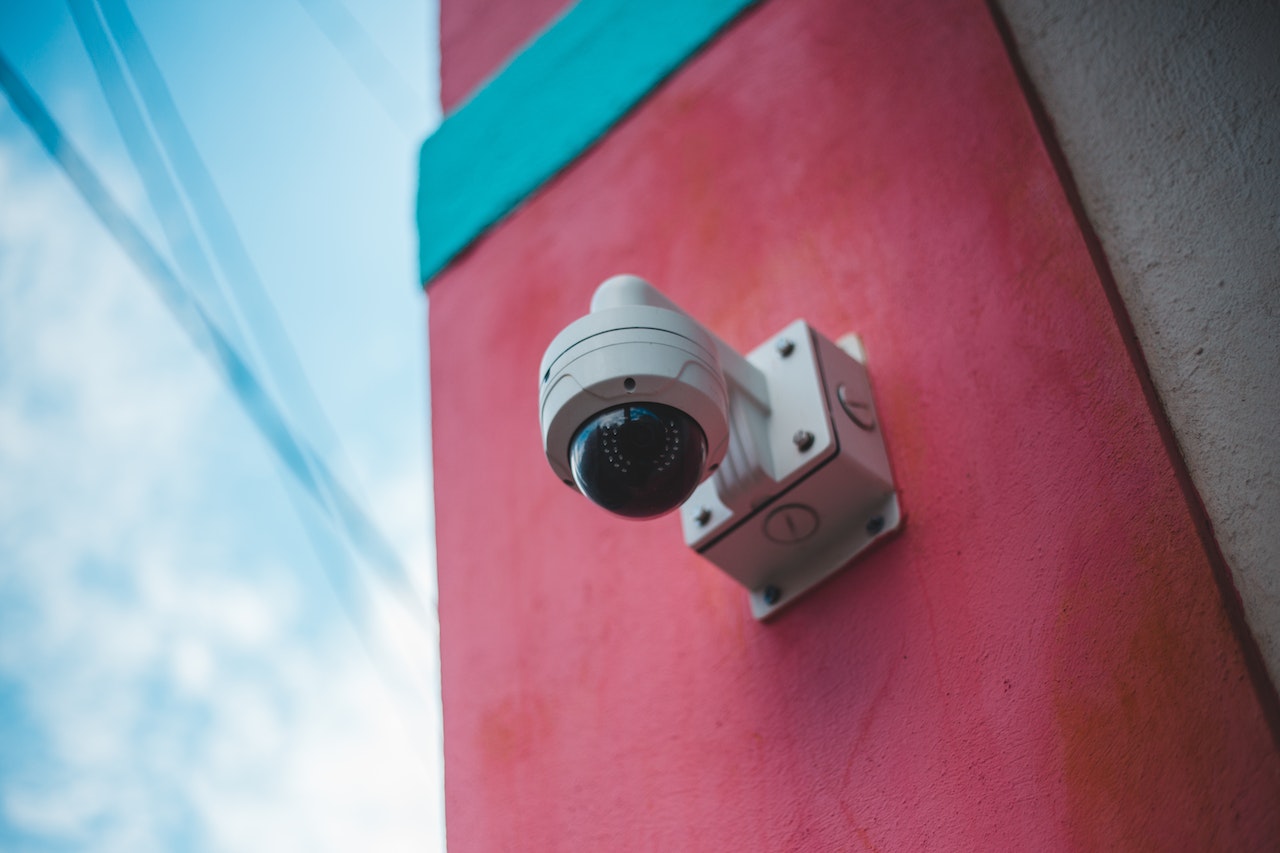If you’re thinking of installing cameras around your home, you might wonder, what’s the difference between surveillance and security cameras? What are their benefits and drawbacks? Also, how do you know which type of camera will work best in your home or business? There are several resources about this topic, but we’ll clear up all of your questions in this article.
Security Cameras vs. Surveillance Cameras
The difference between security and surveillance cameras is one of intention. Businesses and organizations use surveillance cameras to monitor activity. Security cameras are more prevalent in homes and small businesses, as they provide security for those who live or work in a particular setting.
The other significant differences between the two cameras include the following:
Purpose
Security cameras monitor a person or area for safety. However, surveillance cameras are for law enforcement—they monitor people, places, or activities for investigative purposes.
Installation Site
A security camera monitors an open space, like your front yard, whereas a surveillance camera is not installed in an open space.
Area Monitored
A security camera captures whatever is happening in its field of view, so if it is pointed in one direction, it monitors that area. A surveillance camera is installed so that anyone walking into its vision field is captured.
Functionality
A security camera has no display screen; one can only use it as a deterrent or tool for identifying culprits after a break-in. It also records events.
A surveillance camera monitors space for security but is out of sight. It captures real-time footage. Surveillance cameras are better at monitoring areas with continuous activity, such as offices and parking lots.
Purpose of Recording
The major difference between these two types of cameras is what they record and who has access to them.
Security camera footage access is limited and only available in situations where there’s a crime. Surveillance footage is recorded 24/7 and accessible by whoever is in need.
Which Camera Is Mostly Used in Business?
Surveillance cameras are used in different business settings. You can use them to monitor warehouse inventory, guard against theft or vandalism. Sometimes, businesses use both camera types simultaneously for added protection.
For example, you might have a few security cameras monitoring entrances to your store while also having some hidden inside that feed into your office so you can monitor what’s happening behind closed doors.
Surveillance Cameras and Security Cameras: Pros and Cons
To find out which matches your security needs, let’s examine the pros and cons.
Surveillance cameras
Pros
- One can watch every inch of your property.
- Presence of evidence if anything goes wrong.
Cons
- They can also be expensive, and there is still no guarantee that they will prevent crime from happening.
Security cameras
Pros
- They deter crime.
- Help identify a suspect.
- Can remotely monitor secure areas—giving you peace of mind.
Cons
- Privacy concerns may arise if security cameras are not well concealed.
What’s the Major Difference between the two?
The most important difference between surveillance and security cameras is their intended purpose—surveillance cameras do passive monitoring while security cameras help protect something valuable.
Conclusion
Both cameras play a significant role in securing our homes and businesses. There is no clear way to rule out which one is better than the other, but whatever you choose to go for depends on individual needs.

